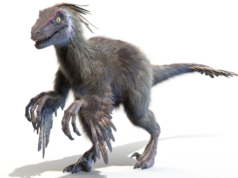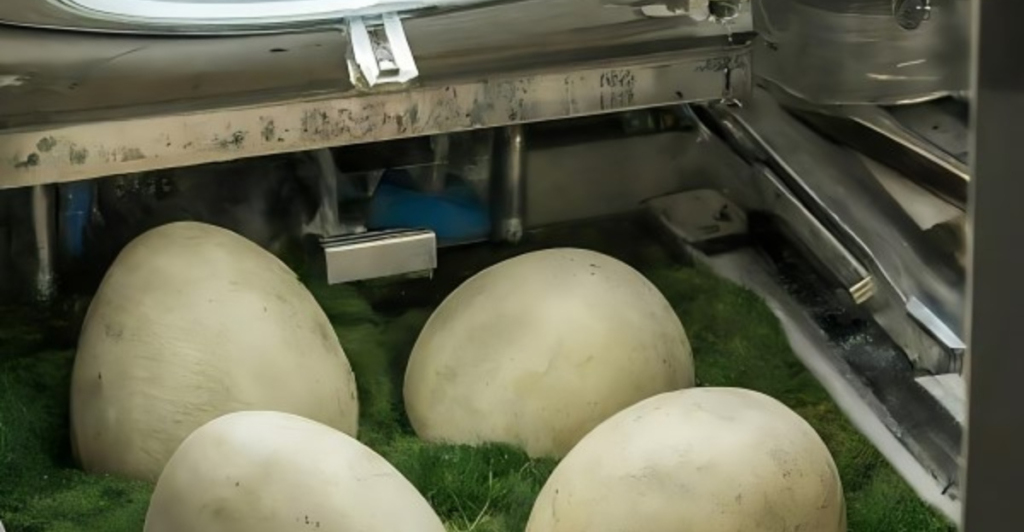
The dodo has been extinct since the 17th century due to human interference, and they could mainly be found in Mauritius. Dodos didn’t fear humans much, which led to their initial downfall. Losing these birds was a great loss, but thanks to advancements in technology, these birds are about to get a second chance at life.
The Science Behind De-Extinction
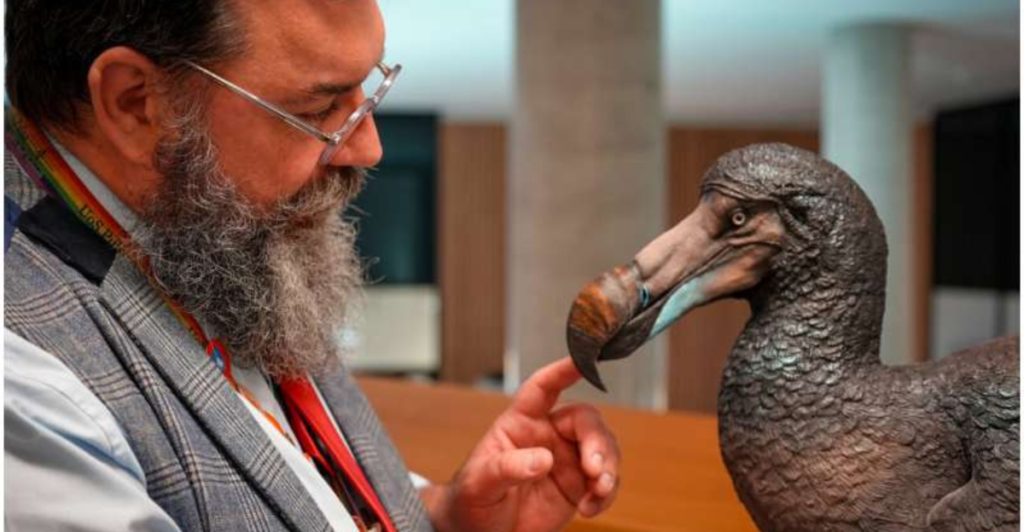
Thanks to cutting-edge biotechnology and genetics, bringing back extinct species is more possible than ever before. For the Dodo, scientists at Colossal Biosciences are leveraging genome sequencing, gene editing, and synthetic biology to reconstruct its genetic blueprint using DNA extracted from preserved remains. Unlike mammals, the process for birds involves manipulating primordial germ cells (PGCs), which are extracted from bird eggs shortly after they are laid.
These cells are genetically edited to incorporate dodo-like traits and reintroduced into host eggs, potentially leading to offspring with dodo characteristics.
The Role of Colossal Biosciences
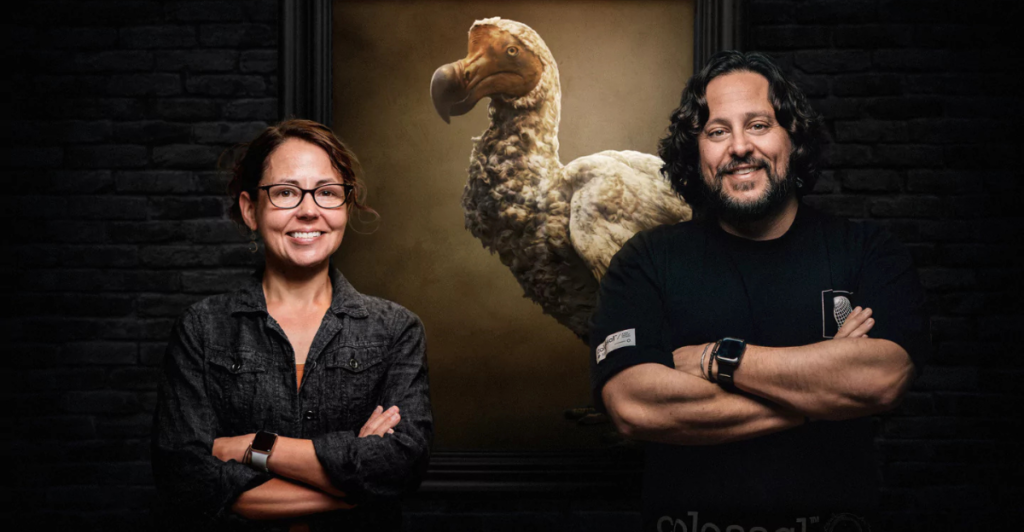
This company is focused on de-extinction, leveraging advanced genomic technologies and substantial financial backing. Based in Dallas, the company has raised $225 million in funding, including a $150 million Series B round that enabled the creation of its Avian Genomics Group dedicated to bird-related de-extinction projects. With a team of 41 PhD scientists and leadership from paleogeneticist Beth Shapiro, Colossal has decrypted the Dodo’s entire genome and is using gene editing to reconstruct its traits by modifying the DNA of closely related species.
Beyond reviving extinct animals like the woolly mammoth and Tasmanian tiger, Colossal aims to apply its innovations to conservation efforts for endangered species, such as Mauritius’s pink pigeon.
Challenges in Bird De-Extinction
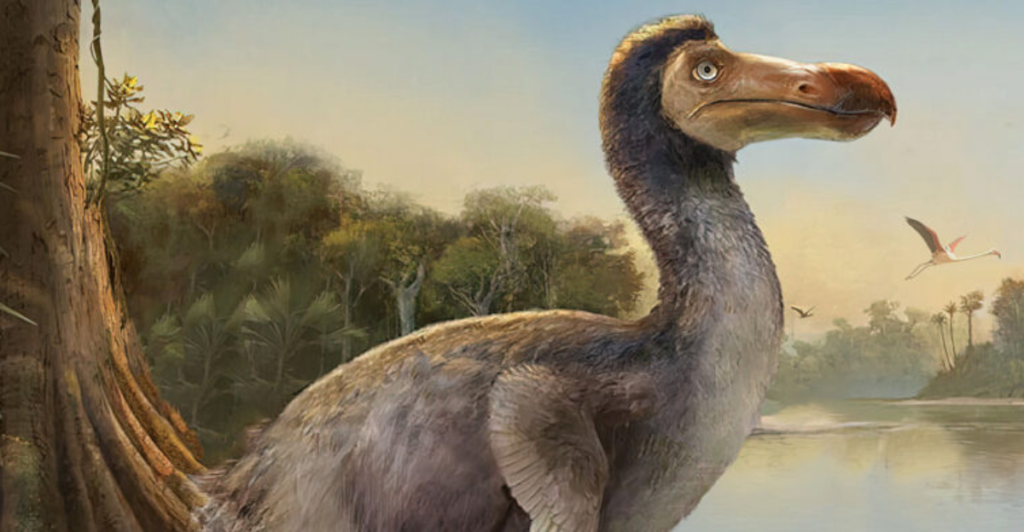
This science has technical and ecological challenges, making it one of the most complex areas of science. Unlike mammals, birds lack the straightforward reproductive systems that cloning techniques rely on, requiring scientists to manipulate primordial germ cells (PGCs) extracted from eggs. This process is still very new and is still in the process of being mastered.
Other challenges include ensuring these animals adapt to life and their environment without being threatened again. Reintroducing birds like the Dodo requires careful consideration of whether there is a vacant ecological niche for them to occupy and whether their reintroduction could inadvertently harm existing wildlife or habitats.
Ethical and Environmental Concerns

De-extinction raises ethical questions about playing “God” and potential risks to ecosystems. Ethically, questions arise about the welfare of surrogate animals used in the process, as they may endure trauma, health risks, or captivity for scientific purposes. Similarly, cloned animals often face premature aging and health complications, raising doubts about their quality of life.
From an environmental perspective, reintroducing species like the Dodo into ecosystems that have evolved without them could lead to unforeseen ecological disruptions. Mauritius, for instance, has changed drastically since the Dodo’s extinction, with invasive species such as rats and pigs still posing threats to native wildlife.
Technical Milestones Achieved

This company has done remarkable work in this field since its founding, and this is just the start of its success. The company has successfully reconstructed the most complete ancient genome for thylacine, setting a new standard for genomic accuracy and enabling precise genetic editing. This breakthrough was complemented by advancements in multiplex genome editing, which allow hundreds of genetic modifications to be made simultaneously, accelerating the creation of viable proxies for extinct species.
Colossal has pioneered assisted reproductive technologies (ART) for marsupials, including inducing ovulation and growing embryos in surrogate hosts like the fat-tailed dunnart. These innovations support de-extinction efforts and have broader applications for conserving critically endangered species, such as improving breeding programs for Tasmanian devils.
Potential Benefits of De-Extinction
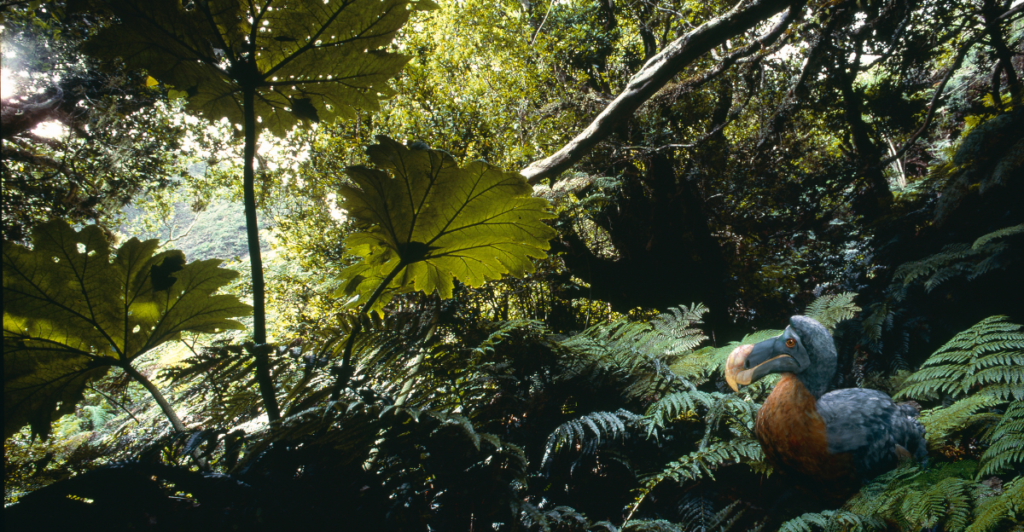
De-extinction might be a controversial topic, but there are quite a few benefits to the whole process, as it could transform conservation and ecological restoration. By reviving extinct species, scientists can restore lost ecological functions, such as seed dispersal or ecosystem engineering, which are vital for maintaining biodiversity and ecosystem resilience.
De-extinction technologies can be applied to conserve critically endangered species by enhancing genetic diversity and bolstering population numbers. Beyond conservation, these efforts advance scientific knowledge in genetics and reproductive biology, opening doors to medical applications such as infertility treatments.
The Dodo’s Role in Conservation Awareness
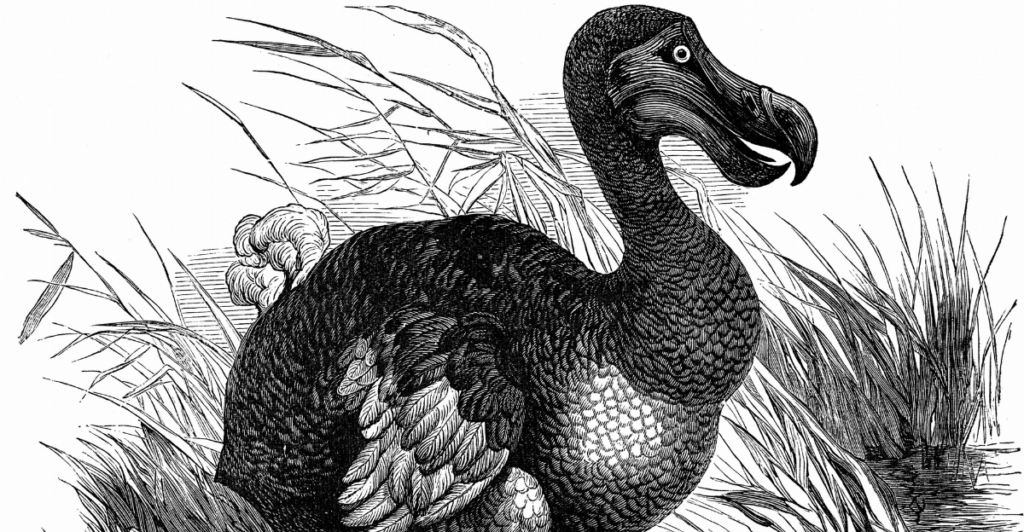
By successfully bringing back the Dodo, they can spark conversations and awareness in other conservation efforts. s one of the most iconic examples of species driven to extinction by human activity, the Dodo’s story highlights the devastating impact of habitat destruction, invasive species, and overexploitation.
Efforts to bring back the Dodo could reignite global interest in conservation, drawing attention to the plight of endangered species and the ecosystems they inhabit. By placing the Dodo at the center of public discourse, scientists and conservationists hope to inspire a cultural shift prioritizing ecological restoration and sustainable coexistence with nature.
Restoring Broken Ecosystems

Ecosystem restoration involves repairing degraded habitats by reintroducing native species, removing invasive ones, and rehabilitating essential resources like water, nutrients, and shelter. For the Dodo, restoring its native habitat in Mauritius would require addressing challenges such as invasive predators and deforestation to recreate conditions similar to those before its extinction.
Successful restoration benefits revived species, enhances biodiversity, strengthens ecosystem services like carbon storage and water purification, and mitigates climate change impacts.
The Future of De-Extinction

As projects like those led by Colossal Biosciences continue to evolve, the focus is shifting toward reviving extinct species and addressing broader environmental challenges such as climate change and biodiversity loss. For instance, reintroducing species like the woolly mammoth is envisioned as a tool for revitalizing tundra ecosystems, reducing permafrost melt, and mitigating greenhouse gas emissions.
This future also raises critical questions about ethical implications, ecological risks, and the prioritization of resources for living species. As de-extinction progresses, careful integration with conservation efforts will be required to ensure that revived species contribute positively to ecosystems.
Explore more of our trending stories and hit Follow to keep them coming to your feed!

Don’t miss out on more stories like this! Hit the Follow button at the top of this article to stay updated with the latest news. Share your thoughts in the comments—we’d love to hear from you!



